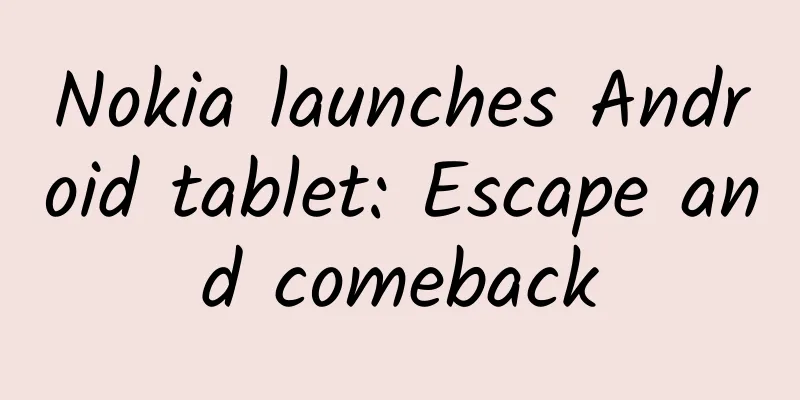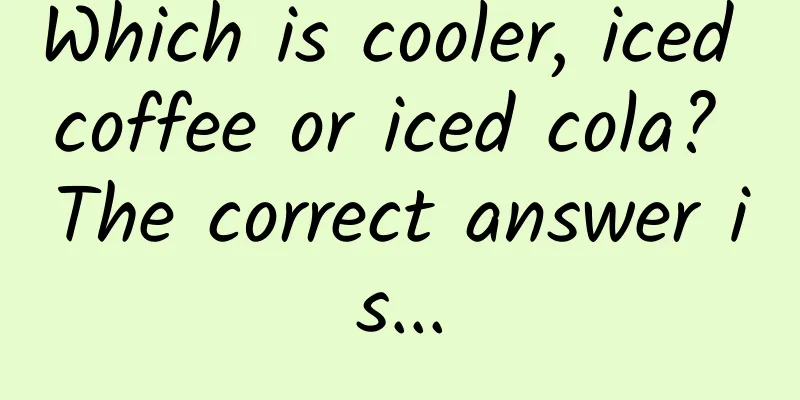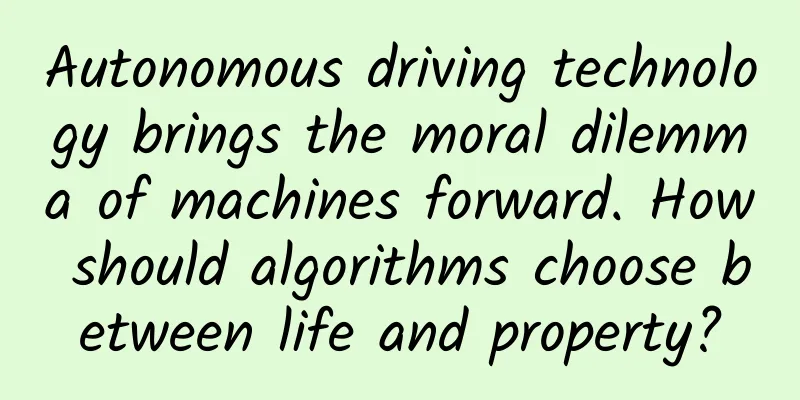Nokia launches Android tablet: Escape and comeback

|
Only half a year after selling its device and service division to Microsoft, Nokia unexpectedly released an Android tablet. Perhaps the Finns don't know the Chinese military book "Thirty-Six Stratagems", but they have vividly interpreted what it means to "escape by escaping from the shell". The reality of business war is more exciting than fiction. In the past four years, the series of separations and reunions between the mobile phone giant Nokia and the software giant Microsoft are destined to be written into the textbooks of business schools. As early as 2010, when Apple and Google were rising rapidly, Nokia, still an industry giant, made its first choice at the crossroads of change, unexpectedly choosing Microsoft executive Stephen Elop as the company's first non-Finnish CEO, which laid the groundwork for the subsequent strategic cooperation with Microsoft. Choosing Microsoft WP instead of Google Android has become Nokia's most controversial strategy. Judging from the results, the cooperation between the two former giants did not achieve the expected success. Instead, it verified the sarcasm of Google executive Gandora at the time: "Two turkeys cannot make an eagle." More than three years have passed, and Nokia is still the only one in Microsoft's WP camp, and the weight and investment of other manufacturers in the WP camp are negligible; relying on Nokia's brand charm and hardware innovation, WP's quarterly shipments have just exceeded 10 million. But the increase in shipments does not mean that the situation has improved. On the contrary, the gap between Microsoft smartphones and Google and Apple is getting bigger and bigger. According to Strategy Analytics' third-quarter global smartphone shipments, Microsoft's WP platform's global share has further declined from 4.1% in the same period last year to 3.3%. The total share of Apple and Google has reached 96.3%, and WP has become an absolute niche. The cooperation with Microsoft did not bring any real benefits to Nokia. Although Lumia sales continued to grow, its market share did not increase and its overall performance continued to lose money. Although Lumia flagship phones were the industry's hardware benchmark, they did not receive the sales recognition they deserved due to the system's shortcomings and lack of applications. Microsoft's unilateral move of not upgrading WP 7 to WP 8 really put Nokia in a difficult position. Perhaps it was under this situation that Nokia's board of directors chose to give up, abandoning Nokia's signature mobile phone business and turning to network equipment and services business. Microsoft is the most suitable buyer for Nokia's mobile phone business and the buyer that has to make a move. According to previous media reports, it was the chairman of Nokia who took the initiative to propose the sale of the mobile phone business to Ballmer last year. Unlike Google's purchase of Motorola Mobility, Microsoft objectively does not have to worry about affecting the relationship with the WP camp, because Nokia occupies more than 90% of the market share of WP phones, and Lumia has become synonymous with WP. Moreover, if Microsoft does not acquire Nokia phones and allows Nokia's mobile phone business to be sold to other Android manufacturers, then the WP camp will basically collapse completely. While Microsoft has tied Nokia to the WP camp, it has actually tied its own mobile strategy to the Lumia brand. This deal has caused a lot of sadness. Nokia, which was the industry leader a few years ago, missed the development trend of mobile Internet and chose the wrong path of smartphone development, and finally fell into the trap of being sold to its partner Microsoft. Microsoft also followed the plan and gradually promoted the "de-Nokiaization" on Lumia. Currently, the Lumia business has been branded with Microsoft's logo. I still remember that a few months ago, Weibo was flooded with sentimental jokes such as "Nokia's last day". But did this deal really only hurt Nokia? Looking back now, Nokia's sale of its devices and services division to Microsoft for $7.2 billion seemed like a perfect escape strategy. Nokia handed over its mobile phone division, which was highly competitive, continuously losing money and had a bleak future, to Microsoft, and instead focused on operating its network equipment and map services divisions, which had relatively less competition, were easy to make profits and had better prospects. Let's take a look at what Microsoft bought for $7.2 billion. The hard assets Microsoft actually acquired include: device and service department business, 32,000 employees (including nearly 5,000 employees at the Finnish headquarters), hardware design and engineering, sales channels and after-sales services, global supply chain, etc. The soft assets Microsoft acquired include: 10-year patent license, 4-year Here service license, Lumia and Asha brands, and 10-year use rights of Nokia brand in the non-smartphone field. In other words, Nokia has unloaded all the burden of mobile phones to Microsoft. This transaction has other side effects: Ballmer was forced to leave Microsoft early because of a conflict with the Microsoft board of directors over the acquisition (it is not a bad thing to see Microsoft's many transformation measures and rising stock prices after the new CEO took office), and Elop returned to Microsoft as senior vice president of the hardware department. But selling the device and services division does not mean Nokia will not return to the consumer market and re-launch mobile phones or tablets. There have been endless rumors about Nokia's entry into the Android camp. Nokia's recruitment of employees with mobile phone-related experience and the launch of the Android desktop launcher application Z Launcher have verified this in various ways. In fact, Nokia has not avoided this issue. There is a very intriguing paragraph in the financial report announcement released last month, "The NOKIA brand is highly recognizable in the field of mobile phones and mobile devices and is the company's most important asset. We have found the right entry point and way to maximize the Nokia brand." Although Nokia sold its mobile phone division, the NOKIA brand still has extremely high brand value and loyal fans. It is still one of the top 100 brands in the world, with a brand value of more than 3 billion US dollars. This is also the value that Microsoft's Lumia mobile phone has never had. According to the agreement between the two parties, Nokia can use the NOKIA brand to release smartphones again in 2016. Although Nokia CEO Rajeev Suri denied last week that he would restart the smartphone business, this does not mean that smartphones with the NOKIA LOGO will not appear on the market. Nokia can authorize third-party manufacturers to manufacture products that match Nokia's design style. The reason is not difficult to understand. Nokia has just successfully transformed and does not have too many resources and energy to reinvest in the fiercely competitive smartphone market. Authorizing other manufacturers to test the waters is a sure-win deal. If Nokia phones and tablets manufactured by third parties are successful in the market again, Nokia can completely come back on its own. In the field of commercial competition, as long as it is profitable, it is too common to go back on one's word. This seems to be the original intention of the Nokia N1 tablet. This tablet is loaded with the latest Android 5.0 system and the Nokia Z Launcher application. The industrial design and hardware configuration are still gorgeous and powerful. The anodized aluminum material and ultra-thin body design make this tablet obviously ahead of many domestic plastic shell products, but it looks a bit like an Apple product. For specific parameters, please see http://tech.sina.com.cn/n/pad/2014-11-18/17339802726.shtml. Since Nokia's own factory has been sold to Microsoft, it is said that this tablet was designed by Nokia and then produced by Foxconn. But this is not important. What is important is that Nokia is back again, and many loyal fans of Nokia can finally welcome a product with NOKIA logo and can use a large number of Android applications. Many users previously bought Lumia more because of Nokia's brand and design, rather than because of the WP platform. Nokia still has a huge user base in China, so this tablet is also aimed at the Chinese market and will be launched in China first. The desktop of the new tablet can be seen pre-installed with the most popular Chinese applications such as Weibo and QQ, and the pricing of the new product has completely abandoned Nokia's previous strategy of "high-priced launch and rapid price drop", and adopted a Xiaomi-style affordable price of US$249 (equivalent to RMB 1,500). If this tablet can achieve sales success in China, then there is a high probability that Nokia-branded Android smartphones will appear in 2016 (not long in the future). It would not be surprising if Nokia-branded Android phones sell better than Microsoft Lumia devices. If Nokia had launched Android phones earlier, it would not have needed to unpack them and sell them to Microsoft. Who says Scandinavian people are rigid and honest? Nokia's series of countermeasures are really brilliant. Welcome back, Nokia. As a winner of Toutiao's Qingyun Plan and Baijiahao's Bai+ Plan, the 2019 Baidu Digital Author of the Year, the Baijiahao's Most Popular Author in the Technology Field, the 2019 Sogou Technology and Culture Author, and the 2021 Baijiahao Quarterly Influential Creator, he has won many awards, including the 2013 Sohu Best Industry Media Person, the 2015 China New Media Entrepreneurship Competition Beijing Third Place, the 2015 Guangmang Experience Award, the 2015 China New Media Entrepreneurship Competition Finals Third Place, and the 2018 Baidu Dynamic Annual Powerful Celebrity. |
<<: Nokia N1 released: Another lost moment for the Finnish giant
>>: Baidu buys Kuaiqian for RMB 2 billion: a good deal for a man and a woman
Recommend
Video tutorial on techniques and methods for shooting short videos
Nowadays, many people find that as long as the sh...
Wang Song Ao Han's all-round creative thinking course helps you build a creative IP and comprehensively improve your director's thinking
Wang Song Ao Han · All-round creative thinking co...
What is the search scope of the mini program? According to what range?
Q: What is the search range of the mini program? ...
No bragging! Teach you how to promote millions of users at zero cost (Part 1)
A blind cat catches a dead mouse How did we do it...
Apple's "Year of the Dragon" phone case sparks heated discussion! Dragon descendants, here's what you need to know →
Editor: Gong Zixin Recently, Apple launched a &qu...
Ideal Auto official: It will take only 47 months for Ideal Auto's 500,000th mass-produced car to roll off the assembly line in September 2023
According to Li Auto, Li Auto's 500,000th mas...
This museum actually "moved" a real tropical rain forest here!
The Cosmobox Science Museum in Barcelona opened t...
Does water have different levels of light and heavy? Why is heavy water needed to make nuclear weapons?
Does water have light and heavy water? Of course,...
The new national standard for liquor will be implemented next month, and these liquors are no longer liquor!
Experts of this article: Zou Jiangpeng, PhD in En...
Count down what you need to do to promote your app! Understand channels, make plans, have connections, analyze competitive products...
1. Learn to analyze competitive products. Competi...
How does the TV industry implement "Internet +"
In his government work report, Premier Li Keqiang...
Scientists have discovered another habitable planet, which is expected to become the next "Earth"?
Produced by: Science Popularization China Author:...
To prevent the power strip from "getting angry", you should do this...
recently A fire broke out in a resident's hom...
Why is it said that “land, sea and air” are all inseparable from geology?
On June 21, 2024, Gao Jianwei, senior engineer of...
BMW to pay $478 million for water damage to trunk power components
According to foreign media reports, BMW Group ann...









